When to transplant seedlings into your garden?
Raising plants from seeds may be a rewarding and appealing way to add a touch of excitement to your yard. Sometimes many unique vegetable and plant varieties are just not available at your local nursery, leaving you with the option of growing them from seeds. However, in order to grow these unusual varieties, you must first understand how to plant seedlings.
Understanding when to move seedlings from the seed tray to a larger container is vital. For transplanting your seedlings in the garden, a few weeks after beginning them should be part of your seed-starting routine.
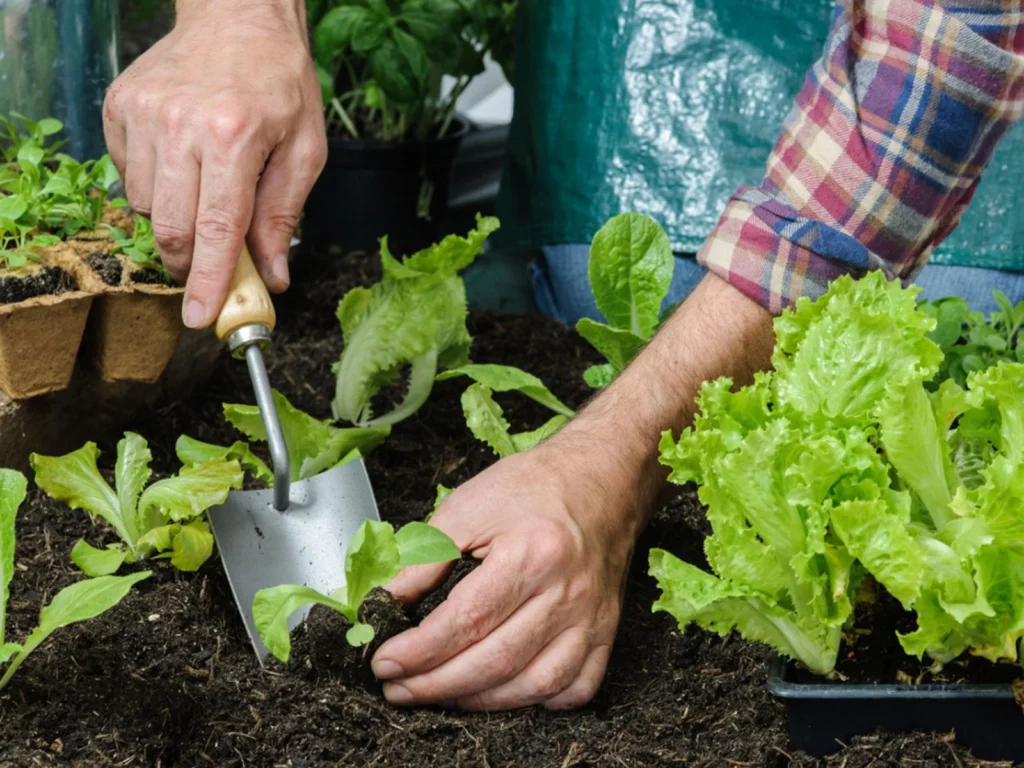
But how do you know when to transplant the seeds?
There are few straightforward indications that your seedlings require in a repotting-
They now have one or two real leaves.
Transfer seedlings three weeks after sprouting or when they have 1-2 sets of genuine leaves. It is advisable to transplant your seedlings to new containers before they display the stress signs.
The cotyledons are turning yellow.
Cotyledons are the first leaves to emerge in the seedling. They are not the same thing as true leaves. True leaves are the second and subsequent sets of leaves that sprout after the cotyledons appear.
It is normal for cotyledons to turn yellow and fall off, but if this happens when your plants only have one or two sets of leaves, you should transplant them.
Roots are going around the root ball.
When it’s time to plant, you want to see roots in your growing media, but if they’re looping around the outside of the root ball, it’s too crowded.
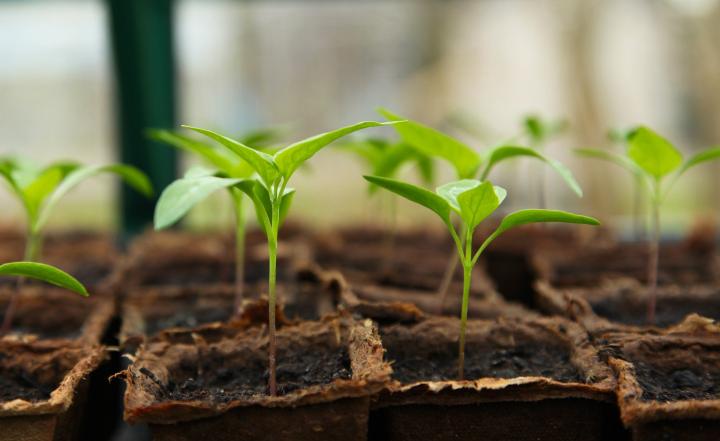
Why is there need for transplanting annual flowers?
You may be wondering why one would bother repotting seedlings in gardens at all. Why not simply feed fertilizer or, even better, transplant annual flowers in a larger pot, to begin with?
Seeds will germinate considerably more successfully if they are started in tiny pots. This gives you more control over the temperature and humidity in the seed starting container. Studies discovered that smaller cell trays produce significantly higher sprout rates than other types of seed-starting containers.
You can fertilize your plants in a garden as this will accelerate growth of the seedlings.
When to transplant the seedling in garden? The best time to transplant the seedlings-
A variety of factors influence the correct date for transplanting seedlings outside. Everything is determined by where you live, the consistency of your soil, and the plants you have.
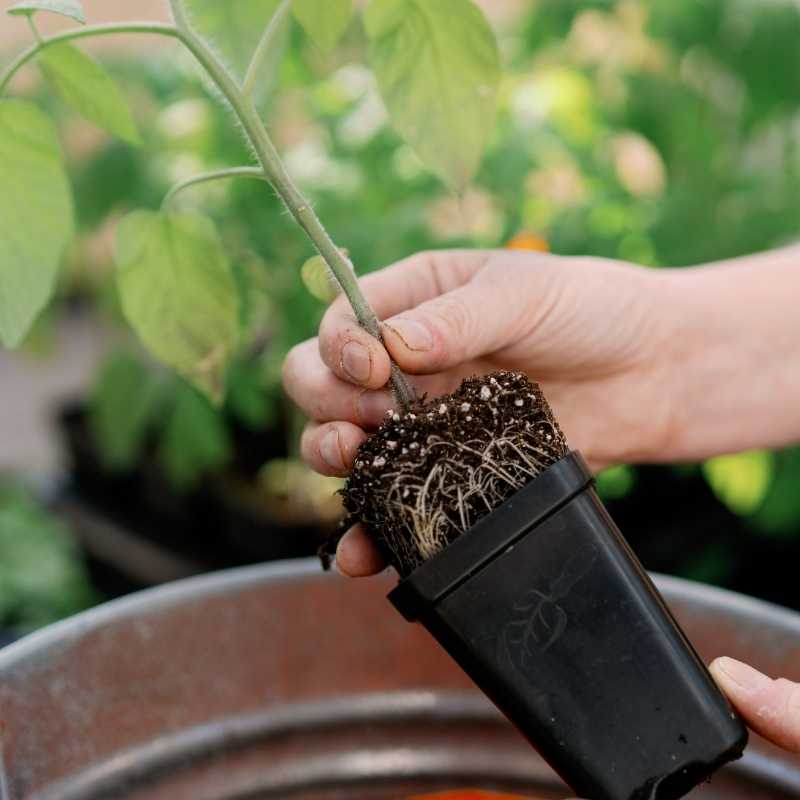
How to know the timings of transplant seedlings?
To get the time just right, you must first determine your expected last frost date. Contact a local garden center if you don’t know what day it is in your area.
Subtract two weeks from that date, and you’ll be able to sow cold and its hardy seedlings. After that, you should wait two weeks on average before transplanting your non-hardy seedlings.
However, because it’s simply an average, some years will have a frost later than that date. So, use these figures as a general guide.
Then, keep an eye on the forecast and plant the sensitive ones two weeks after the last frost. It’s always advisable to wait a week or two before planting heat-loving seedlings.
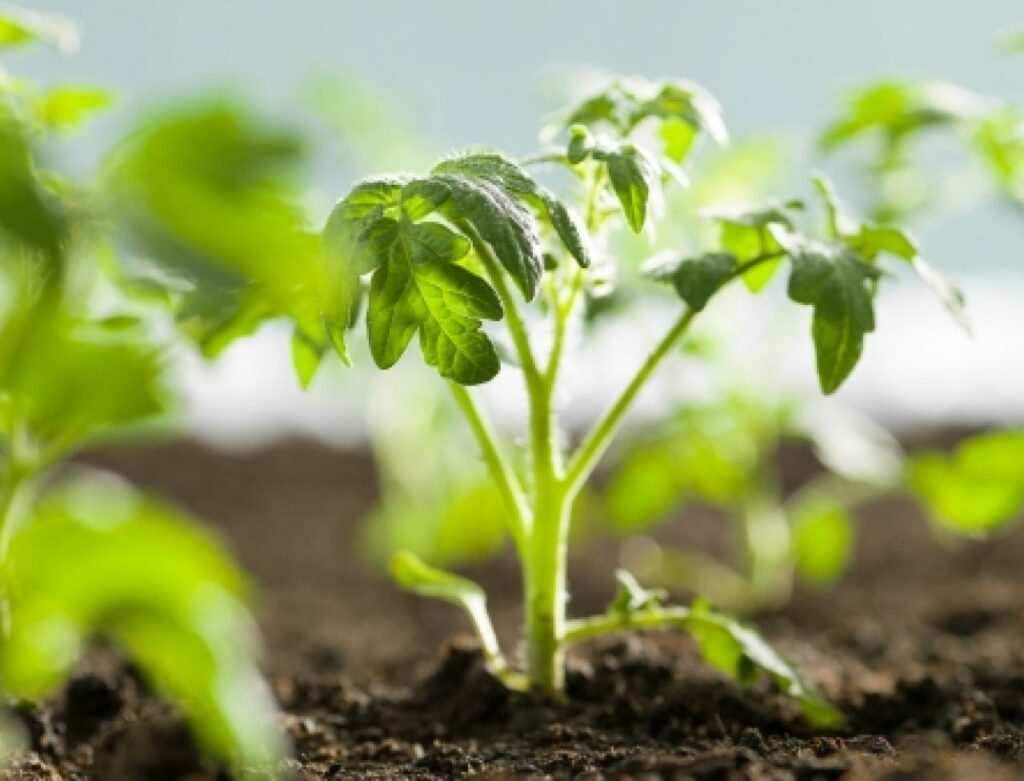
Which weather is best for transplanting the seeds?
When to transfer seedlings into your garden depends a lot on the weather.
The greatest day to do it is one that is cloudy with little chance of rain. Avoid days that are hot, sunny, or dry as they may raise the possibility of transplant shock.
Plan to do it in the early morning or late at night if there are no clouds. This will allow you to avoid the hottest part of the afternoon sun.
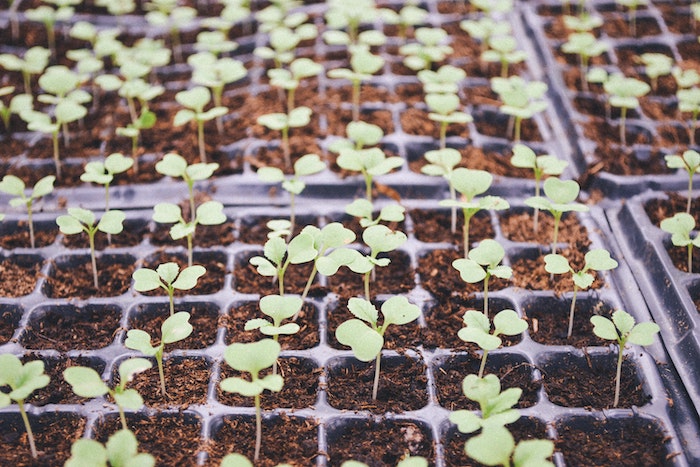
Transplanting seedlings too early?
If seedlings are transplanted too soon, they are considerably more likely to perish from a late spring cold wave. Even hardy seeds will perish if temperatures drop below freezing for a lengthy period of time.
Seedlings can be transplanted prematurely. This happens in the spring when temperatures aren’t consistently over 60F (15.5 C), and there’s a frost or snowstorm.
Temperature changes can also occur in the early fall.
Step-by-step guide to transplanting the seedlings-
- Transplanting seedlings is a straightforward procedure. You only need a new container and some potting soil.
- A 50:50 mix of potting mix and seed starting mix. This is especially advantageous for young seedlings with delicate roots.
To ensure equal watering after planting, wet down your soil mixture before filling your pots. - The seedling should then be nestled in the new container, with the soil filling up around the plant’s base and pressed down to secure it and remove air pockets.
- Bury the stem off for example tomatoes, leaving just one or two sets of leaves above the soil line. Plant all others level or bury the stem approximately 1/4 inch or less.
- Water your transplanted seedlings thoroughly and return them to the sun. Once they get enough water, transplanting perennials will be easy.
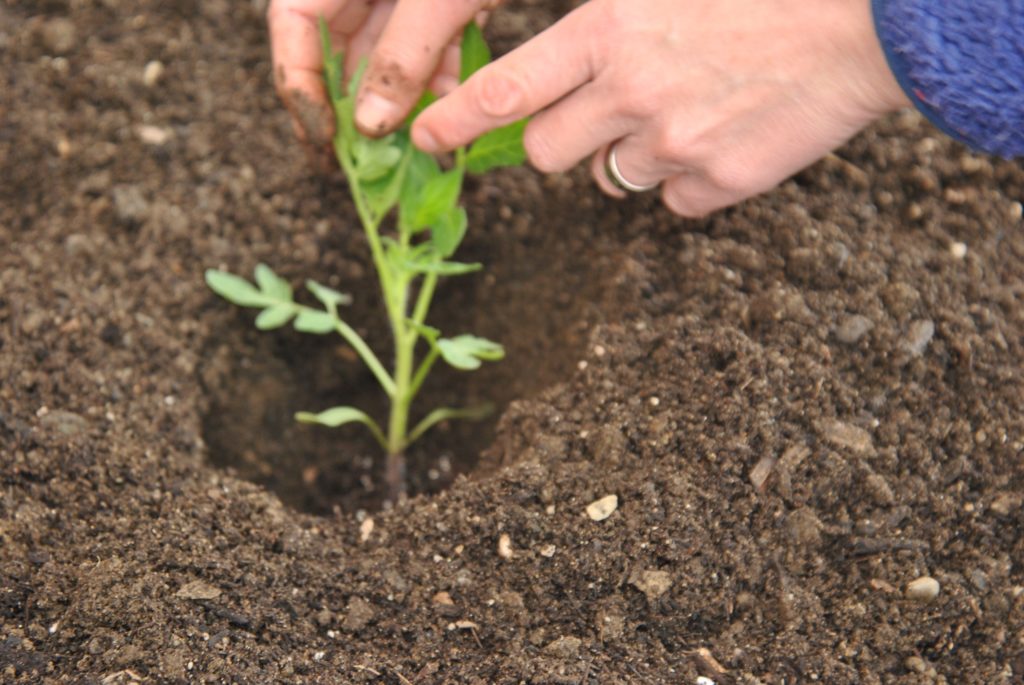
Transplanting seedlings in soil Guide
- Remove any mulch – If your garden has mulch, push it aside to make a place for each seedling.
You don’t have to remove all of the mulch; doing so would take much too long! Simply brush it away in the area where you want to plant each seedling. - Dig a small hole – Planting holes should be double the size and depth of the container or plant cell. Begin by filling the hole with organic granular fertilizer, compost, and worm castings. This will aid in the establishment and development of newly planted seedlings.
- Remove the seeds from the tray with care – You risk shattering their delicate stems if you pull them out or grasp them straight.
- Remove the seedlings from the container gently, holding only the root ball.
- Plant the seedling – If the roots are entirely encased in the container, carefully pry them apart to liberate them. Roots should be placed in the hole at the same depth in which they were placed in the container.
- Fill the remaining hole to cover all of the roots thoroughly, then put the root ball in it.
- Then carefully compress it to prevent the seedling from sinking too deeply into the soil after transplanting annual flowers. Water your garden regularly, however control watering nozzle to avoid over watering.
- Over watering your plant can be controlled by thumb control watering technique.
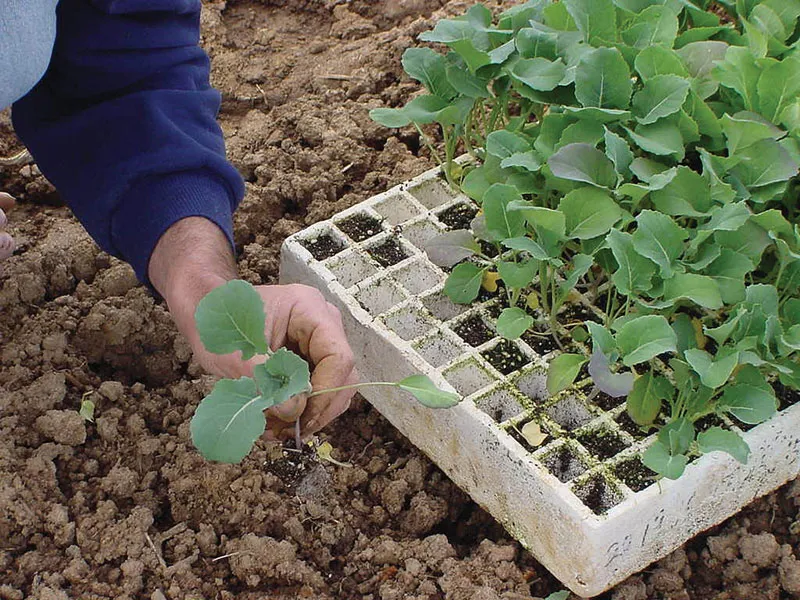
Can you put your seed plant outside during the day?
If the weather is really hot, cover your seedlings or move them into partial shade during the hottest portion of the day. Finally, let your seedlings outside all day and night until they are ready to transplant into the garden.
When one mentions “transplanting a seedling,” it means transferring seedlings or small plants from their containers to garden soil. You can either-
Buy small beginning plants also known as transplants from a nursery. Some veggies are difficult to raise from seed or take too long; therefore, we rely on nurseries. Examples include tomatoes, eggplant, and peppers.
Begin planting seedlings from seed at home. Some gardeners grow plants from seed indoors, especially if they live in a northern climate with a short growing season.
We hope this article helps you in transplanting the seedlings with ease! Give the review after transplanting your seeds.
